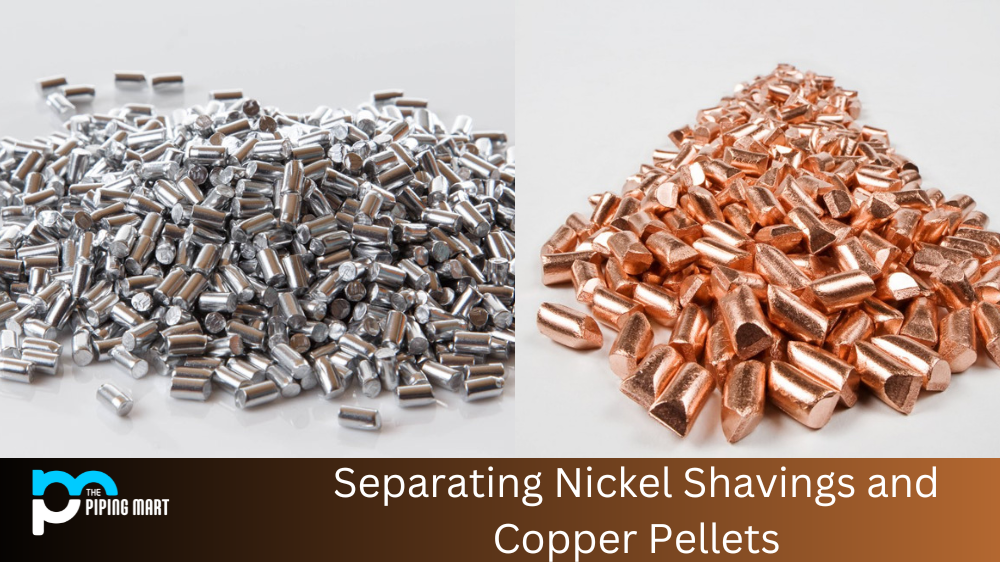Knowing the differences between tool steel and carbon steel is essential to ensure you use a suitable material for your project. Tool steel and carbon steel have different qualities that make them suitable for different jobs, so understanding these differences can help you select the right material for any job.
Tool Steel
Tool steel is a type of metal alloy that is used primarily in manufacturing tools. It is usually made from iron, carbon, and other elements such as chromium, molybdenum, or tungsten. It is often heat-treated to increase its durability and strength. This makes it an ideal material for making parts that must withstand high levels of force or friction without breaking or wearing down quickly. Tool steels are often used to make knives, punches, dies, cutting tools, drill bits, taps, reamers, saws, and hammers.
Carbon Steel
Carbon steel is a type of steel alloy made from iron and carbon. It also contains smaller amounts of other elements, such as manganese, nickel, chromium, molybdenum or tungsten. Carbon steel can be divided into low-carbon steel (or mild steel) and high-carbon steel based on its carbon content. Low-carbon steels have 0.3% – 0.5% carbon content, while high-carbon steels have more than 0.8% carbon content by weight. Low-carbon steels are more malleable than high-carbon steels because they contain less carbon atoms per unit mass, making them easier to work with but also less durable than high-carbon materials due to their lower hardness levels. Low-carbon steels are often used in automotive components and construction materials like pipes and tubes, while high-carbon steels are typically used in springs and blades due to their superior hardness level and wear resistance properties.
Difference Between Carbon Steel and Tool Steel
Composition
Carbon steel and tool steel are made primarily of iron, with small amounts of other metals added. The main difference between the two is the amount of carbon present. Carbon steel contains between 0.04% and 2% carbon, while tool steel contains between 0.3% and 2% carbon.
Properties
The different carbon content levels give these two types of different steel properties. Carbon steel is softer and weaker than tool steel but is less expensive and easier to work with. Tool steel is harder and stronger than carbon steel but is more expensive and difficult to work with.
Uses
Carbon steel is typically used for structural applications, while tool steel is used for cutting and drilling tools.
Heat Treatment
Carbon steel and tool steel can be heat treated to improve their properties. However, tool steel is more difficult to heat treat than carbon steel.
Cost
Carbon steel is less expensive than tool steel, making it the more cost-effective choice for most applications.
Conclusion:
As you can see, several factors differentiate tool steel from carbon steel, including their composition (differences in iron/carbon content) and their heat treatment process (tool steels receive additional heat treatment). Understanding these differences will help you decide which material is most suited for your needs depending on the application at hand – making knives or automobile parts – so you can always select the best material for any job!

A passionate metal industry expert and blogger. With over 5 years of experience in the field, Palak brings a wealth of knowledge and insight to her writing. Whether discussing the latest trends in the metal industry or sharing tips, she is dedicated to helping others succeed in the metal industry.




